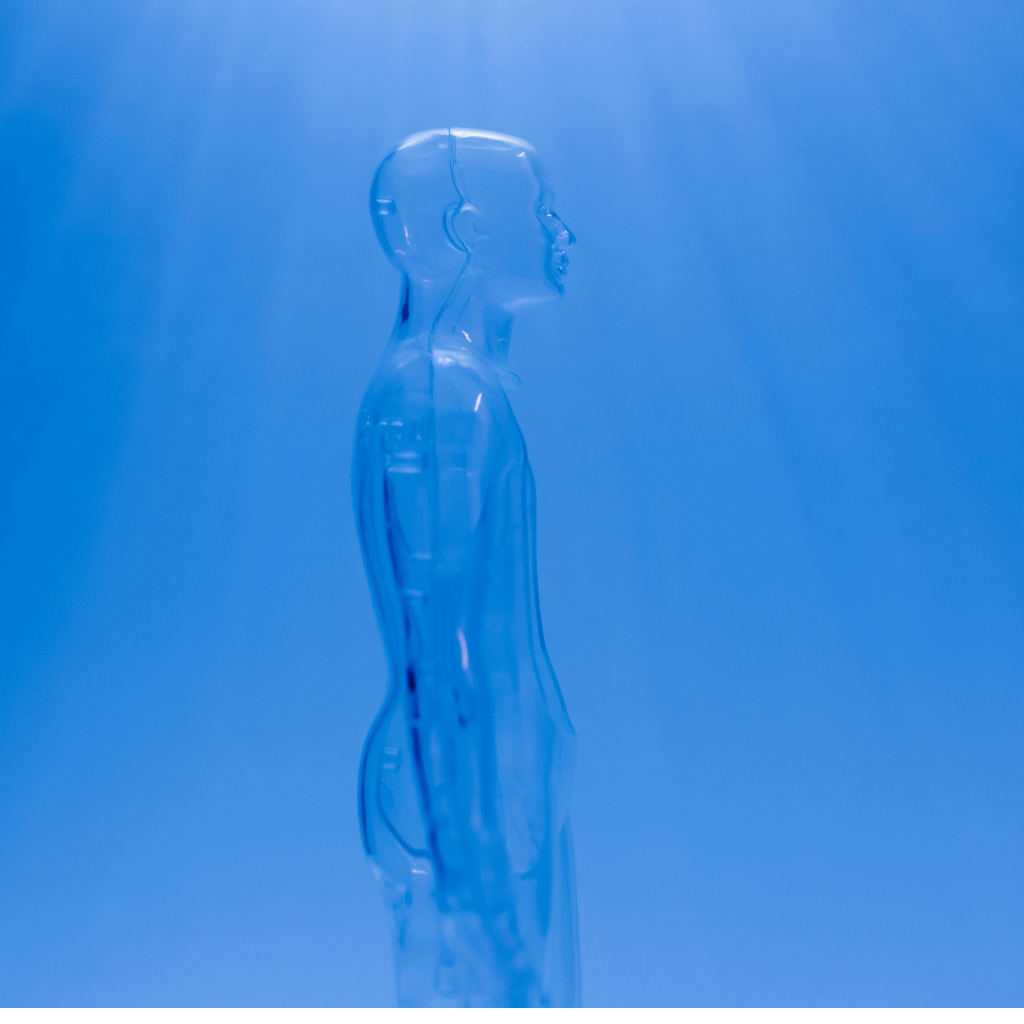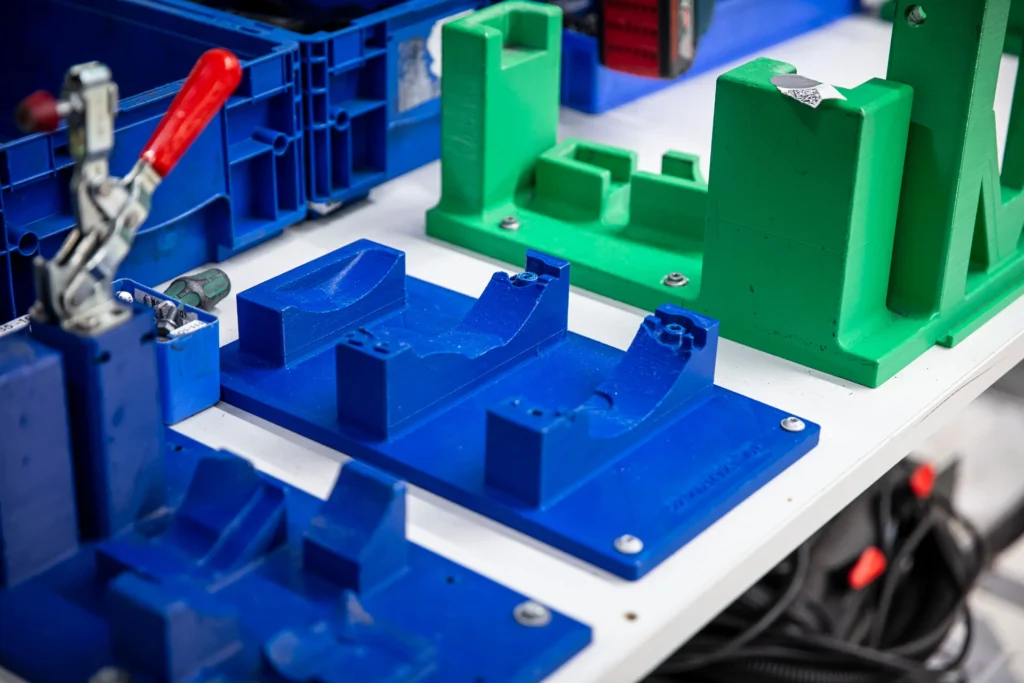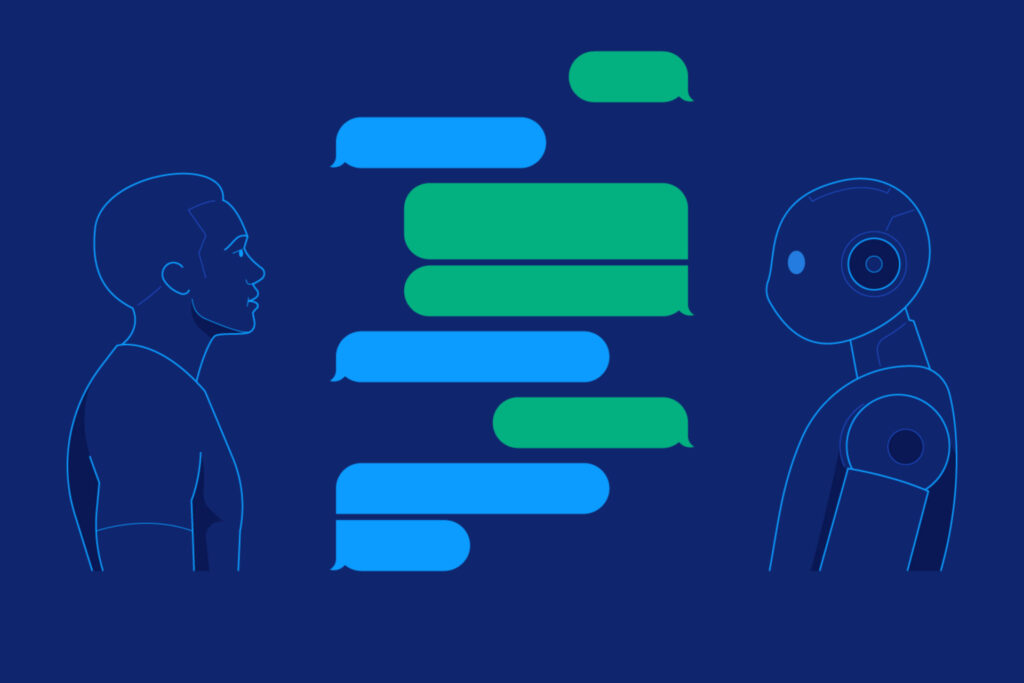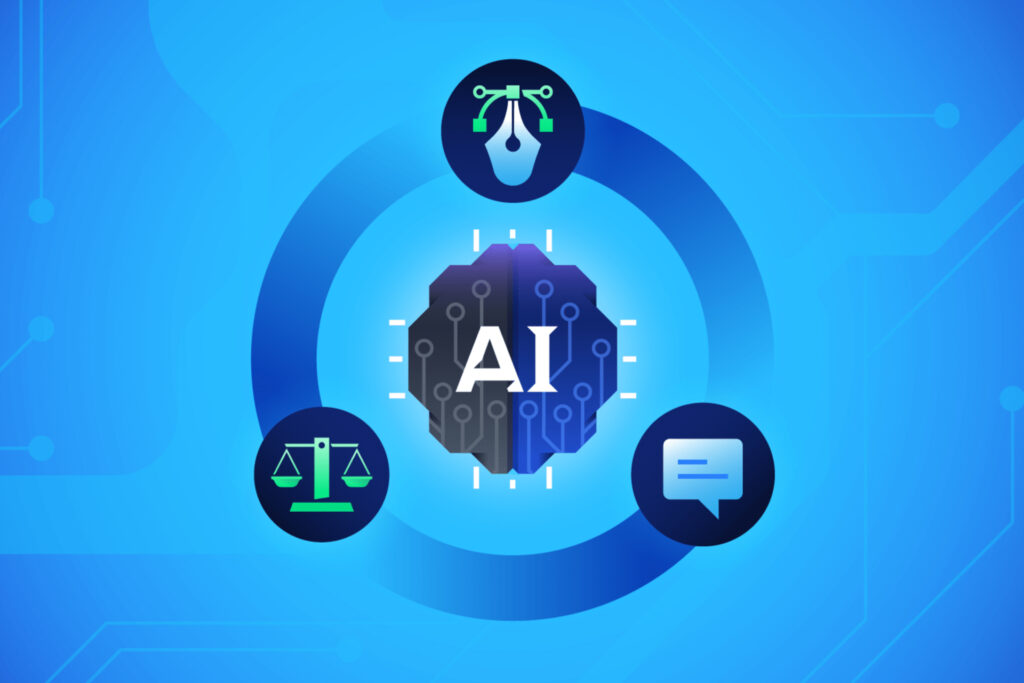The Future of UX/UI Design: How AI is Transforming Digital Experiences in 2025

Introduction
As artificial intelligence (AI) continues to evolve, its impact on UX/UI design is becoming more profound than ever. In 2025, AI-driven innovations are not only streamlining design workflows but also revolutionizing user experiences through automation, predictive personalization, and adaptive interfaces. This article explores how AI is shaping UX/UI design, its benefits, challenges, and what designers need to prepare for in this ever-changing landscape.
1. AI-Driven Personalization: Hyper-Targeted User Experiences
Personalization has always been a key aspect of UX, but in 2025, AI-powered algorithms are taking customization to a whole new level. Through machine learning and behavioral analytics, AI can predict user preferences in real-time, adapting interfaces dynamically based on previous interactions.
🔹 Example: AI-powered UI adjustments based on eye-tracking data can modify layouts and color schemes for improved readability.
🔹 Case Study: Netflix’s recommendation engine continuously refines the UI to align with user preferences, offering hyper-personalized content suggestions.
🚀 Impact on Designers:
- UX professionals must design interfaces that are flexible and can adapt dynamically to AI-driven modifications.
- AI-driven personalization raises ethical concerns about privacy, requiring transparent data collection policies.
📌 Further Reading: AI Personalization – IBM

2. Generative AI: Automating UX/UI Design Workflows
Generative AI tools, like ChatGPT, Figma’s AI-driven plugins, and Midjourney for visual assets, are enabling designers to automate repetitive tasks, prototype faster, and create high-quality UI elements with minimal manual effort.
🔹 Example: AI-powered design assistants in Figma can suggest layouts based on user needs and generate entire design systems in seconds.
🔹 Case Study: Google’s Material Design AI framework helps designers create cohesive, accessible UI components based on best practices.
🚀 Impact on Designers:
- UX/UI professionals need to focus more on strategy and user psychology, as AI handles repetitive visual work.
- While AI improves efficiency, designers must maintain creative control to avoid generic, machine-generated aesthetics.
📌 Further Reading: AI and Automation in Design – Adobe Blog

3. Voice & Conversational UI: A New Era of UX Design
With AI-driven voice assistants, chatbots, and natural language interfaces becoming more sophisticated, conversational UX is now a core part of user experience design. In 2025, AI enables context-aware chatbots that anticipate user needs, reducing friction in interactions.
🔹 Example: AI-driven chatbots, like OpenAI’s GPT-powered assistants, are integrated into digital services to handle customer support with near-human precision.
🔹 Case Study: Banking apps now use conversational AI to guide users through transactions without relying on traditional navigation menus.
🚀 Impact on Designers:
- UX designers must rethink information architecture, considering how users interact with voice and text interfaces.
- Accessibility improves dramatically, as voice-driven UI benefits visually impaired users and simplifies interactions.

4. Ethical AI and UX: Designing for Transparency & Trust
While AI-powered UX/UI design offers immense benefits, it also raises critical ethical questions about bias, data privacy, and transparency. In 2025, UX designers play a pivotal role in ensuring AI interactions remain fair, unbiased, and user-centered.
🔹 Example: AI algorithms in recruitment platforms must be designed to avoid biases that favor specific demographics.
🔹 Case Study: The EU’s AI Act enforces stricter regulations on AI transparency, requiring UX designers to clearly communicate AI-driven decisions in interfaces.
🚀 Impact on Designers:
- UX professionals must prioritize ethical AI guidelines, ensuring users understand how AI-driven recommendations work.
- Designing opt-out options for AI-driven personalization improves user trust and autonomy.
📌 Further Reading: Ethical Considerarion when applying AI in UX research – Adam Ford

Conclusion: The Designer’s Role in an AI-Powered Future
AI is undeniably reshaping UX/UI design, but human designers remain irreplaceable in crafting intuitive, ethical, and emotionally resonant experiences. While AI tools enhance efficiency and personalization, UX professionals must guide AI-driven design with human-centered thinking, creativity, and ethical awareness.
As AI continues to evolve, UX/UI designers should:
✅ Embrace AI-driven automation but retain creative direction.
✅ Prioritize ethical considerations in AI-powered personalization.
✅ Design flexible, adaptive interfaces that respond to AI-generated user insights.
The future of UX/UI isn’t just about AI replacing designers, but rather augmenting their ability to create more innovative, efficient, and meaningful digital experiences.
Awesome Works
Related Posts
Use any form
Design impactful user experiences with ease—everything you need is at your fingertips.
Feel free to reach out for a project inquiry, a coffee chat, or a consultation. Let’s explore how I can help you achieve your design goals. Whether it’s crafting impactful experiences or discussing innovative ideas, I’m here to collaborate and bring value to your vision.
